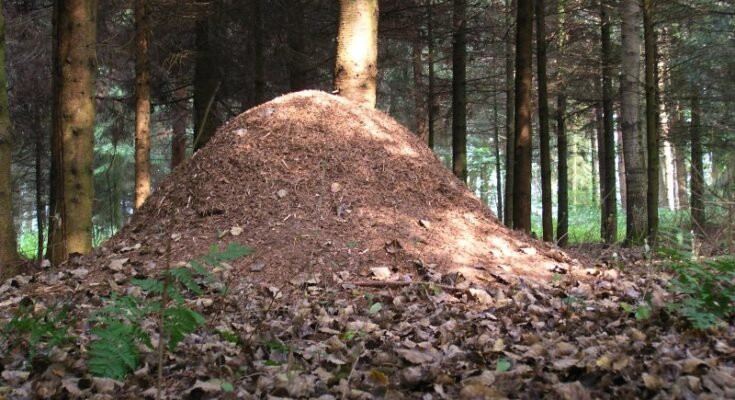Jonas Odocha
Owerri House
1959-1965.
When our versatile and indefatigable OGSSIAN, Olisa Egwuatu, suggested that I should submit a write-up to coincide with the anniversary of the Renaissance magazine, I accepted it as an honour and privilege. However I did request for a topic or theme, which he declined to proffer and instead preferred I chose one myself. My mind then reminisced on what Owerri Government Secondary School [OGSS] inculcated in all OGSSIANS: Hard work, Discipline, Respect and Togetherness; unique attributes I chose as a befitting building block for an anniversary essay. These lessons learnt at OGSS have continued to propel us to always remember WHERE WE COME FROM, in every facet of our human endeavour. Interestingly I have equally observed, as a passionate animal lover, the unique accomplishments of the tiny ants, a group of insects that live in a colony, as they build massive anthills and organize themselves to produce a prosperous society. OGSSIANS have excelled in their various professional callings and leadership positions and like the anthill, will continue to stand out to be counted.
The anthill means different things to different people. To some it exists as a site for catching termites, a cheap source of animal protein; to some others interested in treasure hunt, the bowels of the mound contain the precious queen encased in a royal chamber. Still, some others demolish the mound in order to obtain laterite or clay for domestic purposes. In reality, there is more to the anthill than meets the human fancy. Three aspects of the anthill intrigue me as a person; namely its unique architecture, its complex but structured internal organization of the colony and of course the ingenuity of these tiny ants in accomplishing all the above. It is this ingenuity, I believe, that accounts for part of the success story of the Class Insecta. Success here does not in any way equate to that of the human society where materialism is the key yardstick for measurement. Rather to students of zoology, success in the animal kingdom relates to diversification of species and the ability to inhabit and thrive in all available environments – land, air, water and the subsurface. In this regard the insects have conquered all these habitats by their ability to adapt more readily than any other class of the animal kingdom. The essence of this essay is to highlight the success factors of these insects as exhibited in the anthill colony, and match all that with what OGSS inculcated in us all, and draw lessons from them to help build an equally successful society and nation.
Termites are generically referred to as ants and they come in different species. They are however known as social insects because they live in a colony. Remember that OGSS housed us in dormitories where both seniors and juniors and peers lived together. I shall therefore focus my illustration on a typical termite anthill colony. It is a complex structure but very well organized. The termites in a colony are grouped together according to their job functions and abilities. Thus there are the workers, the soldiers, the male attendants and of course the queen termite. Each group is fed on a special diet to match its function. The workers which are the most numerous in the colony are the architects of the edifice termed anthill. They are also assigned the duty of foraging for food for the entire colony. Ironically they are the smallest in physical size but more numerous than the rest. The soldiers on the other hand guard the anthill from invaders and are very rarely seen outside the colony. They can be identified by their large heads and powerful mandibles. They are usually caught by poachers when reeds of grass are poked into the mound. In defence of the colony they bite on to the reed and get pulled out with it. The male attendants accompany the females during nuptial flights when they mate and fertilise them. They are also responsible for attending to the queen as she lays her prolific eggs. The queen is an egg-laying machine encased in the royal chamber and fed on a special diet called the royal jelly. I have gone this far to illustrate division of labour, stressing roles and responsibilities, as practiced by lower animals. The entire colony is in harmony because each group plays out its role and respects the contribution of members. If ants can be this organized, why should humans not be more successful?
Mother nature has endowed nations with human and natural resources. Degree of abundance and development varies from nation to nation.
The bottom line is the ability to utilize most efficiently the available resources. This is where we can draw lessons from the anthill colony illustrated above. Each group by keeping to its role, contributes to the development of the colony and thus they collectively achieve harmony and success. This scenario justifies the message on a poster which is displayed in my office and which reads thus : “TEAM WORK DIVIDES THE EFFORT AND MULTIPLIES THE RESULT”. Yes, we can do much better than these termites when we pull our various talents and resources together.
It is important that the 1971 Class set is commended for their thoughtfulness in launching the Renaissance magazine as a platform for the spread of informative and educative materials to promote enlightenment and knowledge base. As we continue to contribute our quota from our own corners so will the society continue to grow.
Without doubt this celebration of your anniversary will mark the beginning of further awareness that will attract more participation and enrichment of the RENAISSANCE.
Congratulations to you and all your team and more grease to all your joints.
Sir Jonas Odocha, fnmgs; fnape; ksc.
Owerri House [1959-1965]
Author: “THE WAY WE ARE: Ideas for a better Nigeria.” [2012]
Former General Manager Nigeria LNG.
Group General Manager, NNPC [rtd]
Chairman/CEO JONAKOD FARM ENTERPRISE.
![]()






